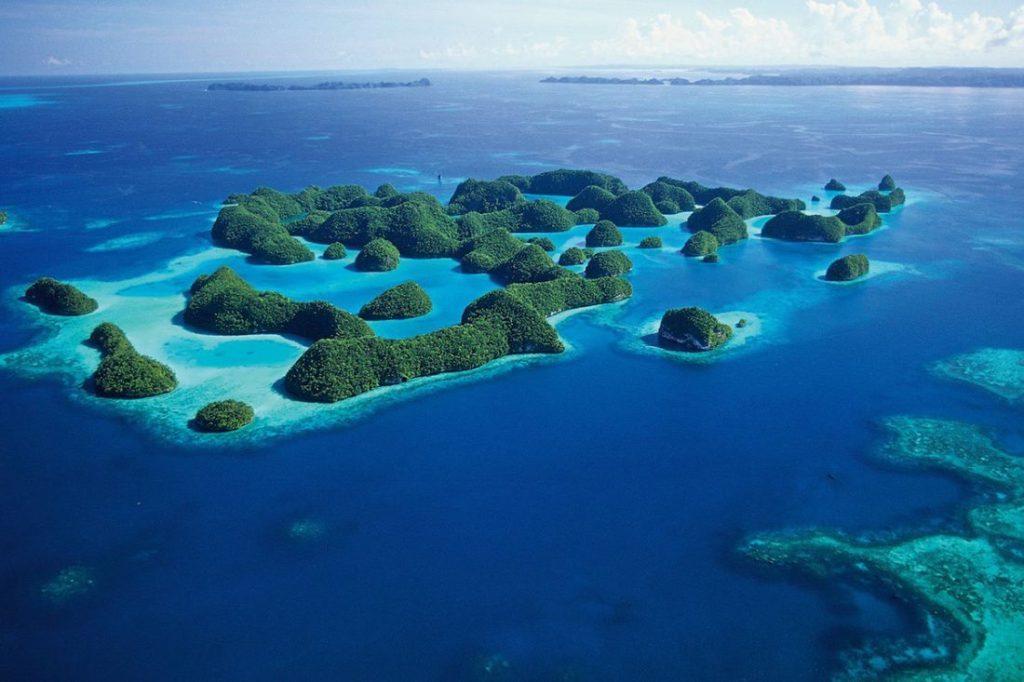
With iconic locations like Spain, France, and the United States teeming with eager tourists, traveling can often feel like an expensive and tedious experience where all you do is fight the crowds.
For this reason, a growing number of globetrotters are abandoning hot spots in favor of the roads less traveled.
In these lesser-known destinations, the food is more authentic but cheaper, hotels are often cheaper, and you'll always find a place on the beach.
In its annual report 2017 Tourism Highlights report, the United Nations World Tourism Organization (UNWTO) found that international tourism has experienced virtually uninterrupted growth over time, with revenue earned by destinations around the world increasing from US$2 billion in 1950 to 1.22 trillion US dollars in 2016.
According to the report, here are the most popular countries in the world to visit in 2017:
- France: 82.6 million visitors
- United States: 75.6 million visitors
- Spain: 75.6 million visitors
- China: 59.3 million visitors
- Italy: 52.4 million visitors
- United Kingdom: 35.8 million visitors
- Germany: 35.6 million visitors
- Mexico: 35 million visitors
- Thailand: 32.6 million visitors
- Türkiye: 30 million visitors
But what about the less visited countries?
On the other end of the spectrum, UNWTO has also discovered the less-visited countries that should be on every seasoned globetrotter's bucket list. We've compiled a list of the top six untouched destinations and what you can expect to find if you venture off the beaten path and pay them a visit.
-
Tuvalu: 2,000 visitors
This small, isolated state in the South Pacific has no armed forces, a low crime rate and no political party. In fact, most people hadn't heard of it until the Duke and Duchess of Cambridge visited in 2012. Home to just 10,500 residents spread across a total of 10 square miles, it's only accessible via a propeller plane or cargo/passenger aircraft. of Fiji.

Sun-seeking travelers will enjoy Tuvalu's nine coral atolls, its numerous coral reefs, lagoons and small islands perfect for swimming, diving and snorkeling. On land, enjoy a traditional and friendly Polynesian culture, known for its unique arts and crafts, music and dances.
-
Kiribati: 4,000 visitors
The isolated nation of Kiribati comprises 33 coral atolls scattered across 3.5 million square kilometers in the central Pacific, making its islands relatively untouched and perfect for fishing, diving, boating and boating.
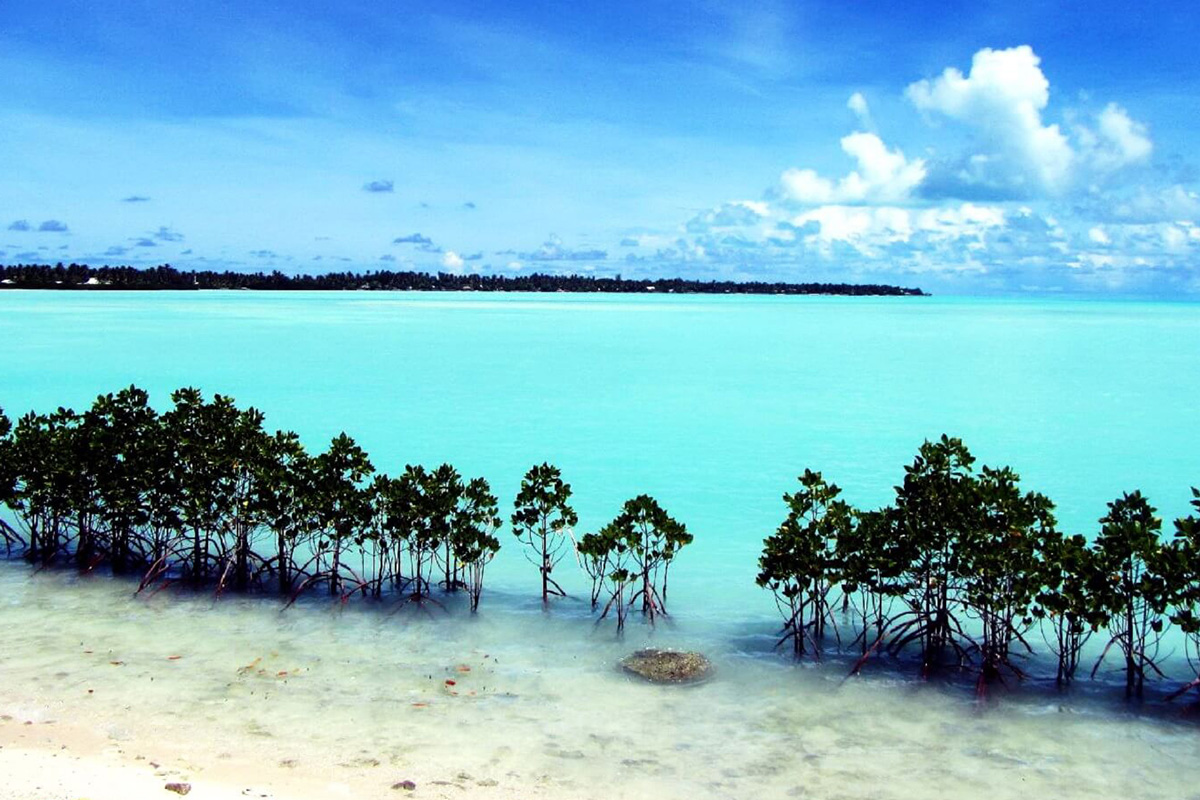
Not only is it home to friendly “non-commodified” locals and WWII relics, but it is also home to the Phoenix Islands Protected Area, one of the largest marine protected areas in the world, where visitors can explore the reefs corals and discover hundreds of species. of fish. But hurry, the islands risk disappearing due to global warming.
-
Equatorial Guinea: 5,700 visitors
This central African country is full of picturesque colonial architecture, lush rainforests, volcanic vistas and beautiful white sand beaches. It is divided into a continent and five volcanic islands, including the famous island of Bioko, which features the country's highest peak at over 3,000 meters above sea level.

What Equatorial Guinea lacks in tourism infrastructure, it makes up for in chimpanzees and gorillas, elephants, leopards, sea turtles and the hundreds of species of birds that call Monte National Park home. Alan.
-
Marshall Islands: 6,000 visitors
With more than 1,000 islands and islets, it's no surprise that the Marshall Islands are full of expert fishermen and sailors – and are even home to the world's largest shark sanctuary. We recommend visiting Arno Atoll, nine kilometers from the capital Majuro, where you will find white sandy beaches and clear island waters.
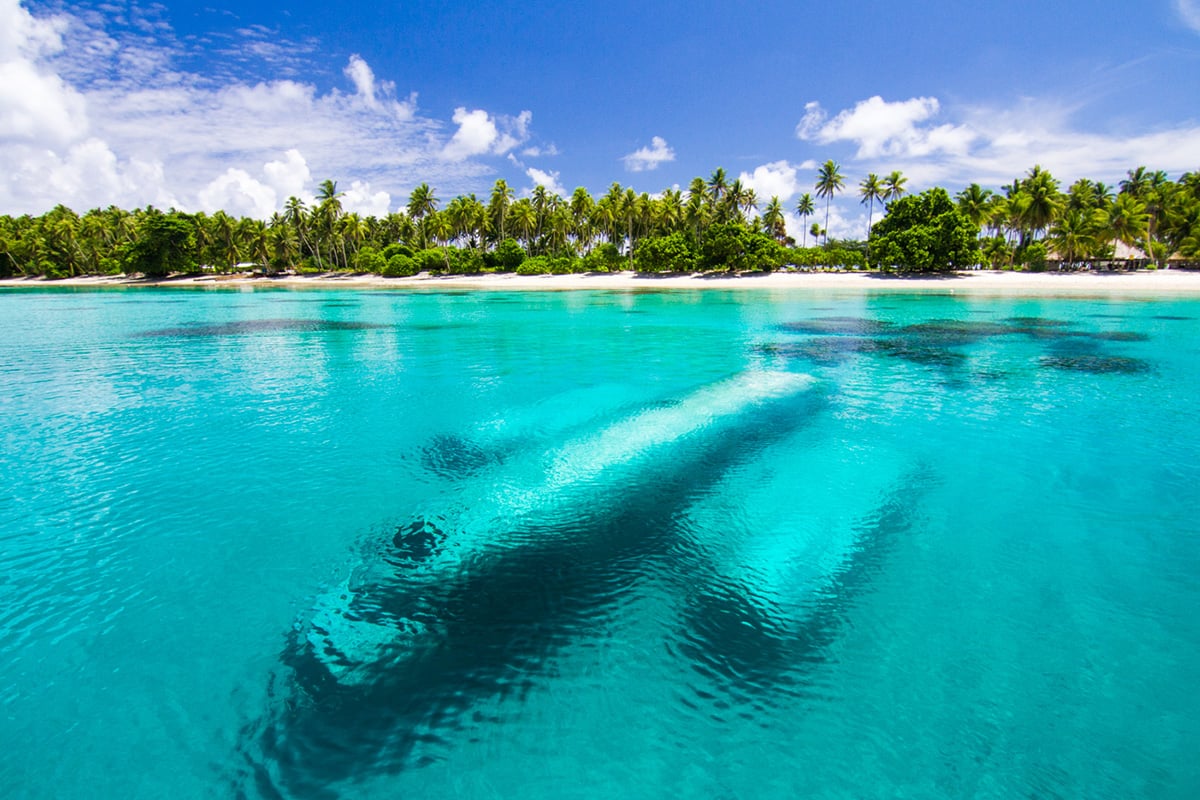
However, be aware that the Marshall Islands are one of the most contaminated places in the world after being used as a nuclear testing zone by the United States after World War II. In addition to this, they are also considered the most endangered destination in the world due to climate change-related flooding.
-
Niue: 8,000 visitors
Located in the northeast of New Zealand in the middle of the South Pacific and with a population of just 1,000, Niue is one of the largest coral atolls in the world and also one of the smallest countries on the planet. It is surrounded by protective coral reefs, limestone cliffs and picturesque beaches, but beneath the surface lie high levels of natural radioactivity.
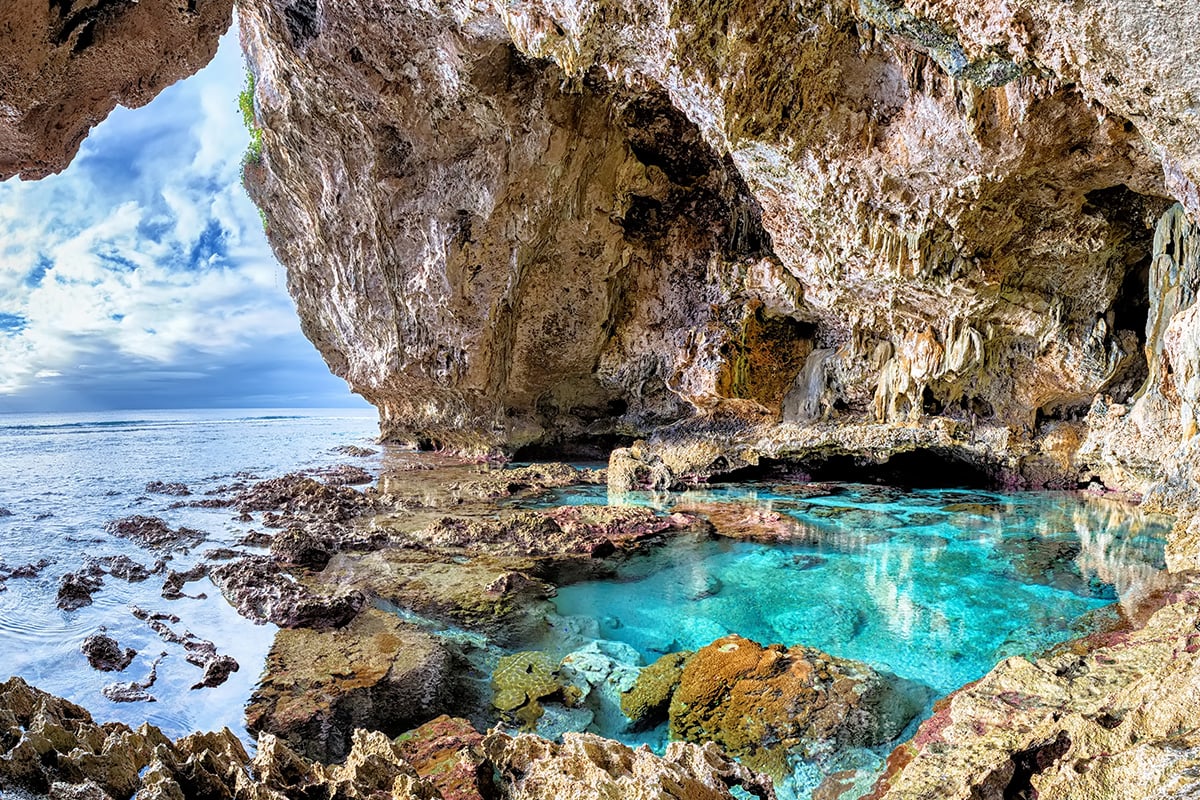
Outdoor tourism activities include cycling, scuba and snorkelling, kayaking, fishing and golf. Despite its remoteness, in 2003 Niue became the first country in the world to provide free Wi-Fi throughout its territory.
-
Sao Tome and Principe: 8,000 visitors
The least visited country in Africa, this group of volcanic islands in the Gulf of Guinea is the definition of a lost tropical paradise. Rich in oil, cocoa and coffee plantations, volcanic rocks, warm clear waters and balmy afternoons, these slow-paced islands are home to vast stretches of tourist-free beaches just waiting to be explored.
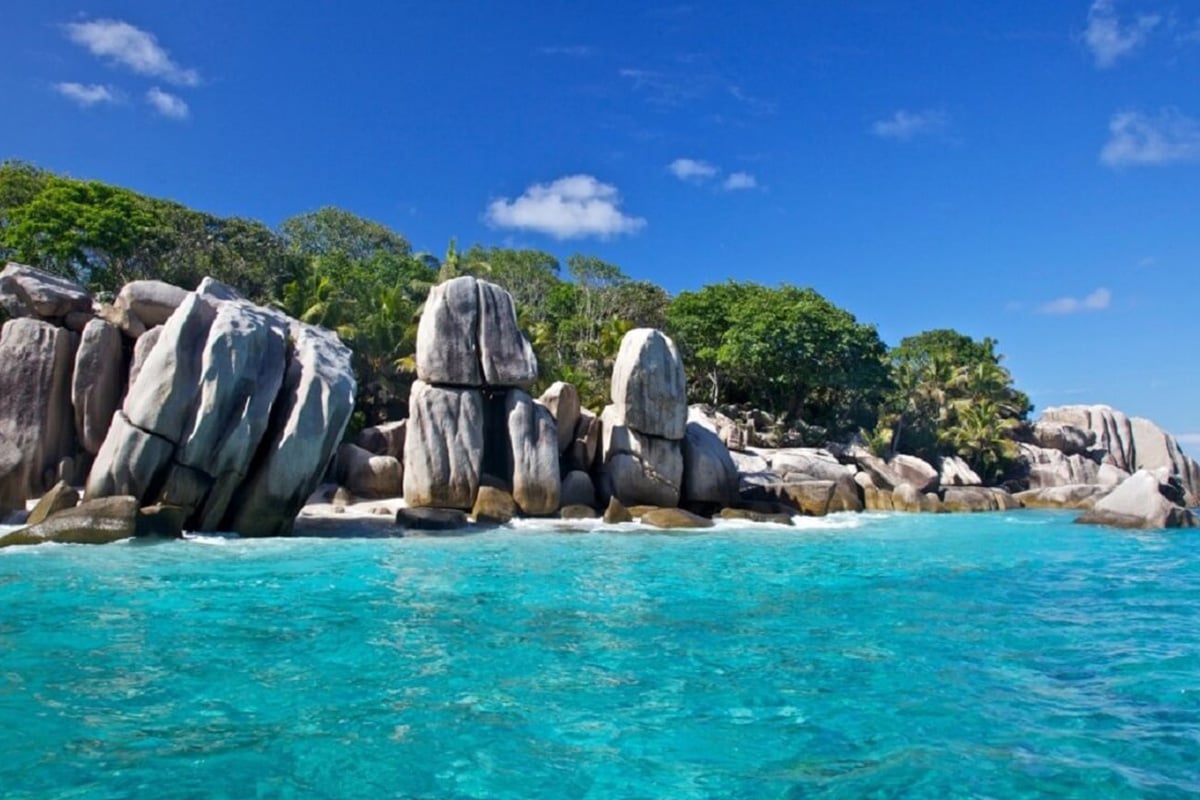
Sao Tome offers world-class scuba diving, fishing and whale watching between July and October, while Obo National Park offers bird watching, waterfalls and the highest mountain in the country, the Pico de Sao Tomé, culminating at 2,024 meters.
If you are looking to check off more unusual destinations on your bucket list, head to one of the “Blue Zones” – the five regions of the world where people live the longest and healthiest.

